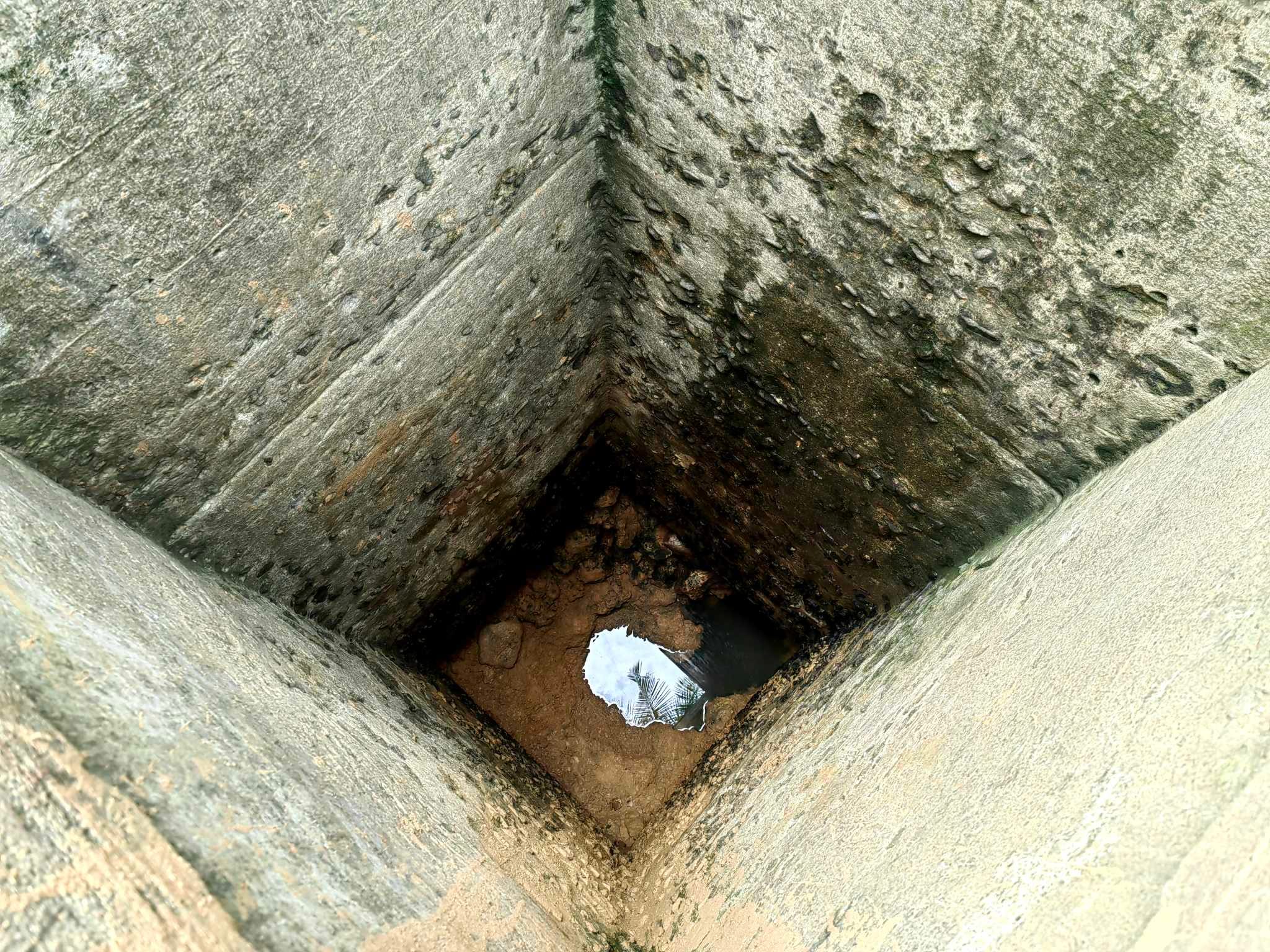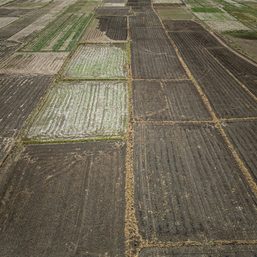SUMMARY
This is AI generated summarization, which may have errors. For context, always refer to the full article.

TAWI-TAWI, Philippines – Unlike other parts of Mindanao, rain has been scarce, and the wells in a rural village in Bongao town, Tawi-Tawi, have been slowly drying up since January.
Near one of the wells in Lumbus village of Mandulan, young boys queued with their empty containers, patiently waiting for their turn to fill them up with water. However, unlike before, the well now produces only a trickle.
“It takes a lot of time waiting. This really happens when there’s no rain,” said teenager Adzramin Sadid.
“We have to walk far to find drinking water in the next forested area,” Indah, a villager, told Rappler.
Al-Gibran Amilasan, chief of Bongao’s Municipal Disaster Risk Reduction and Management Office, said the local government was bracing for a drought and preparing for the worst scenario due to the El Niño phenomenon that has been affecting the country since mid-2023.
“We have started to conduct risk assessments and are looking for more water sources just in case the worst happens,” Amilasan said.
The problem is not exclusive to Tawi-Tawi or the Bangsamoro region where it falls under. In Bukidnon, a province in Northern Mindanao, deep wells and communal faucets were also drying up as a result of El Niño, prompting the implementation of water rationing measures.
The Philippine Atmospheric, Geophysical and Astronomical Services Administration (PAGASA) has warned about the worst period of the El Niño during this year’s dry season.
PAGASA said the trend will likely peak in April, potentially leading to drought in 56 areas across the country. Mindanao, including the BARMM, is expected to experience mostly dry spells.
The weather phenomenon involves the unusual warming of the eastern tropical Pacific Ocean. Under normal conditions, trade winds transport warm water from east to west. However, during El Niño events, these winds weaken, causing warm water to shift eastward. This can result in increased storms and flooding in the Americas.
In Southeast Asia, colder ocean temperatures decrease the formation of low-pressure systems, leading to reduced rainfall and drier conditions.
The situation in Tawi-Tawi will be among the concerns looked into by the agriculture ministry of the Bangsamoro Autonomous Region in Muslim Mindanao (BARMM) as it anticipates drier days ahead.
The El Niño is expected to cause dry spells, impacting water supply, farming, and food security in the country.
In its January 30 bulletin, the Department of Agriculture (DA) reported damages exceeding P109 million and affecting 2,602 farmers nationwide.
Since the onset of the El Niño phenomenon in 2023, the Bangsamoro regional government has yet to take clear and significant steps to cushion the impact of the El Niño in Tawi-Tawi and elsewhere in the region.
Mohammad Yacob, the BARMM minister for agriculture, fisheries, and agrarian reform, said a regional task force on the El Niño has yet to be established to gather crucial data, which would then serve as the foundation for the regional government’s response.
Yacob told Rappler on Thursday, February 8, “Once we obtain the data, we can then allocate the appropriate budget and implement necessary measures.”

Despite this, the BARMM has received backing from the European Union Civil Protection and Humanitarian Aid to bolster community resilience. The support involves capacity-building, policy development, integration of early warning systems, and anticipatory actions.
A consortium, comprising international and national organizations, academic institutions, and the private sector, is spearheading the initiative and aims to reinforce resilience in the BARMM through an early warning system and multi-risk landscape approach. The objective is to foster anticipatory actions, including community-based disaster preparedness and pre-disaster cash assistance, before disasters strike.
Officials said the proactive approach would enable hazard-prone communities and local governments to better withstand the impacts of disasters, including El Niño.
Oxfam Pilipinas, a group helping to fight poverty in the country, has also collaborated with BARMM’s Rapid Emergency Action On Disaster Incidence, and the Pre-Disaster Risks Assessment Group to establish anticipatory action triggers and early action protocols for tropical cyclones, flooding, and El Niño events.
Meanwhile, the Office of the Vice President in BARMM launched a tree planting initiative in Lumbus in Tawi-Tawi under its “PagbaBAGo: A Million Learners and Trees” campaign, promoting environmental sustainability.
The initiative, led by OVP-BARMM head Zuhairah “Pong” Abas, emphasized the connection between tree planting, health, and continuous charity for future generations. The campaign integrates education and environmental stewardship to address climate change challenges.
The collaboration involved various stakeholders, resulting in the planting of 3,000 mangrove propagules in the village on February 2. – Rappler.com
Add a comment
How does this make you feel?















There are no comments yet. Add your comment to start the conversation.